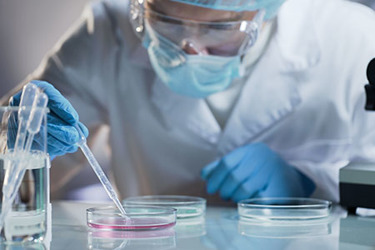A Beginner's Guide To CHO Culture: Bioprocess Modes – Batch, Fed-Batch, And Perfusion
By Amanda Suttle and Ma Sha, Eppendorf Inc.

Recombinant protein manufacturing in Chinese Hamster Ovary (CHO) cells represents more than 70 % of the entire biopharmaceutical industry. Specifically, human monoclonal antibodies (hmAbs) in CHO cells play a major role in the therapeutic markets and have for decades. For example, Rituximab was one of the first human-mouse chimeric mAbs to obtain FDA approval and became a treatment for Roche’s Non-Hodgkin’s lymphoma, chronic lymphocytic leukemia, and rheumatoid arthritis. The prevalence of chimeric, humanized, and human mAbs gaining approval and entering the clinic has only grown. Recently the FDA approved several mAbs for the treatment of COVID-19.
In this application note, we explain why tracking specific parameters is important to achieving the inoculation of bioreactors at high viability. You will also learn about the differences between batch, fed-batch, and perfusion cell culture bioprocesses using bench-scale CHO cells.
Get unlimited access to:
Enter your credentials below to log in. Not yet a member of Cell & Gene? Subscribe today.
